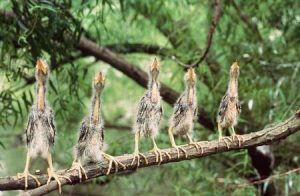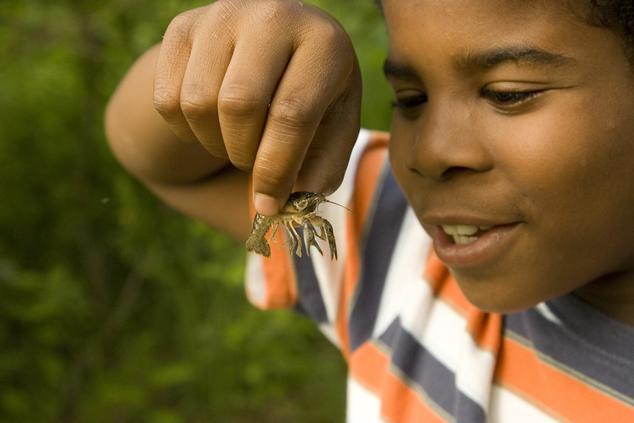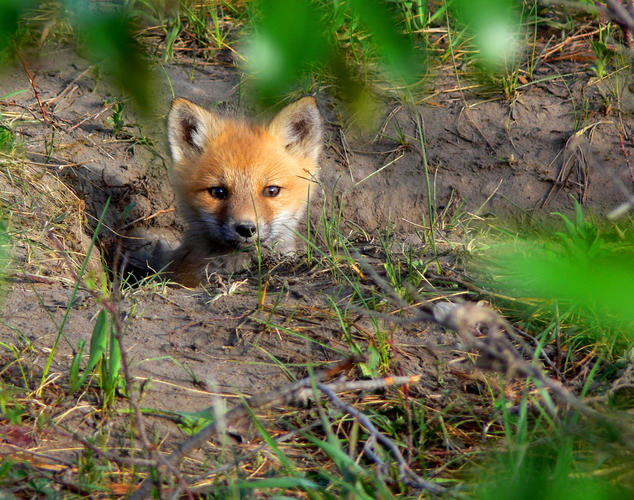The Recovering America’s Wildlife Act is currently awaiting a vote in Congress. This bill, if passed, will provide $1.4 billion in funding to support the conservation and recovery of America’s imperiled wildlife. This represents a transformational amount of funding that can make the difference between species across the country having the habitat necessary to thrive or being listed as threatened or endangered. $1.3 billion from this bill will be dedicated to state wildlife agencies and their state-based conservation partners. The bill specifically dedicates $97.5 million per year for Tribes to advance their biodiversity goals and manage fish and wildlife on Tribal lands. Also, the U.S. Fish and Wildlife Service will receive critical resources it needs to implement its wildlife conservation and recovery programs. It is fair to say that Congress will hit one out of the park for wildlife if it passes the Recovering America’s Wildlife Act.
The Wildlife Stats Are Grim
Our planet is facing a biodiversity crisis. One million species are threatened with extinction across the globe—many within decades—unless action is intentionally taken to reduce the activities that drive biodiversity loss. Here in the U.S., more than one third of all fish and wildlife species are at an increased risk of extinction. The state of America’s wildlife was chronicled in a recent report by National Wildlife Federation, American Fisheries Society, and The Wildlife Society. Let’s take a glance at some of the sobering details:
- Birds: Nearly 30 percent of all birds in North America have disappeared in the last fifty years—22 percent of forest birds, 37 percent of shore birds, and 53 percent of grassland birds.
- Pollinators: Bees and butterflies have experienced pervasive declines. For example, monarch butterflies have decreased by 90 percent over the last two decades.
- Freshwater Species: 40 percent of the nation’s freshwater fish species are rare or imperiled and 60 percent of the nation’s freshwater mussels are imperiled or vulnerable.
- Amphibians: On average, U.S. amphibian populations are disappearing from their known localities at a rate of four percent each year, with some of the most threatened species showing annual declines closing in on 12 percent per year.

Five young green herons on a branch (Roy W. Lowe/USFWS)
More than 1,600 U.S species are in such dire straits that they already receive protection from the Endangered Species Act. Sadly, the conservation window has closed for the more than 150 U.S. species that have already gone extinct and the nearly 500 additional species that have not been seen in decades and are presumed extinct.
The Recovering America’s Wildlife Act Is a Game Changer
In the U.S., states and Tribes provide the primary leadership for on-the-ground wildlife management. To improve wildlife outcomes, we must position state and Tribal wildlife agencies to take proactive steps to recover our wildlife. State agencies will use the funding to implement their State Wildlife Action Plans—currently, these plans receive less than 5% of the funding needed for successful implementation, which is grossly inadequate to meet the scope and magnitude of the biodiversity crisis. Tribal wildlife agencies will use the funding to aid in the development and protection of Native American fish and wildlife resources—historically, Tribes have been left out of conservation funding opportunities or forced to compete for inadequate grant funding. The Recovering America’s Wildlife Act is a step in the right direction to address this inequity.
If passing the Recovering America’s Wildlife Act was a baseball game, we would be in the top of the ninth inning. The legislation has been introduced in both the House and the Senate, passed out of the respective committees with jurisdiction over the bill, and is awaiting a floor vote in both chambers. Gardeners, birders, wildlife watchers, hunters and anglers, state wildlife agencies, and Tribes have all spoken out on behalf of this bill and more than 1,700 businesses and organizations across the country are seeking the bill’s passage. Because of the diversity of supporters, the Recovering America’s Wildlife Act enjoys bipartisan support in both the House and Senate. Now we need a vote!

A crayfish can survive for several days outside water due to its specialized gills which enable it to breathe in the air and underwater. (Steve Hillebrand/USFWS)
Don’t Let Congress Strike Out
As sport enthusiasts know, anything can happen in the final minutes of a baseball game. Similarly, anything can happen in the final months of the legislative calendar. Please take action today by asking your members of Congress to support and pass the Recovering America’s Wildlife Act. America’s imperiled wildlife can’t afford to wait another year to start their recovery.

